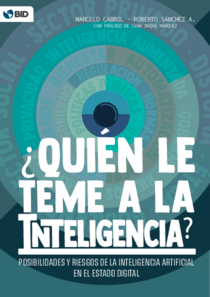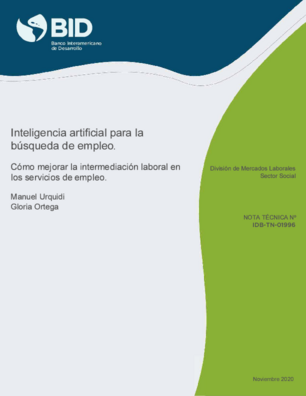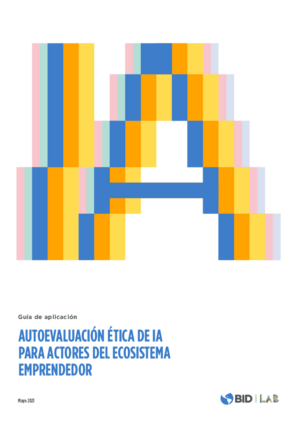Pilot
Student allocation to educational institutions

The project aims to improve the allocation of students to educational institutions by solving the problem of unbalanced enrollment (E.g., congestion or underutilized infrastructure) and improving the match between families and schools. It is important to note that Ecuador has two school regimes (Coast-Galapagos and Sierra-Amazon) depending on the climatic cycles. The coast starts in May, and the highlands in September. The pilot project took place in school district 13D02 in Manta, Jaramijó, and Montecristi in anticipation of the start of classes for the Costa-Galapagos 2021-2022 school regime.
Problem to be solved
The current system is centralized and based solely on the distance from homes to schools. Some families unsatisfied with the allocation request a transfer: 14% in Costa and 11% in Sierra - Amazonia (2019-2020 data). These transfer requests consume government resources, and this proposal should reduce them.
Populations affected by the problem
Families who wish to enroll their children in an educational institution to begin or continue their studies. Considering that the project intends to modify the admission to state-dependent educational institutions, the affected population are those families looking for educational opportunities in the public system. This population is mostly composed of middle-class families and vulnerable populations.
The current response to this problem, considering the related institutions
In Ecuador, the allocation of students to educational institutions is centralized. There is a self-service modality (online enrollment, 67% for 2019-2020) and a face-to-face modality (on-site traditional enrollment, 33% for 2019-2020). Each family provides basic identification information and address using the energy bill (national single electricity code). Students are allocated based on the distance from home to school.
Proposal to solve the problem using AI
The specific objective of the IA solution is to include, among other variables, family preferences in the educational institutions' allocation process. The proposal includes the design, implementation, and evaluation of an online platform to allocate students to educational institutions in a centralized manner. The platform will provide information on the available educational offer, and families will select their preferences from a prioritized list. Allocation will use an algorithm that operates under some prioritization criteria defined by the authority, randomly allocating vacancies if the demand exceeds the supply. Also, at a later stage of the project (probably in 2022), the platform is expected to incorporate some AI functionalities. For example, the platform could warn applicant families about potential congestion in certain schools based on simulations using data from previous years, or the platform could recommend schools based on the family search history and interests noted during the school selection process.
What security considerations, national laws, or standards should be considered to use each source of information?
The proposal considers the security of the personal data of students and their families throughout the process. For this, the project only uses masked information from the system and provides a friendly experience on the platform only using first names and encrypted information for developers. For greater security and due to Ecuadorian regulations, local servers within the national territory host the project.
Progress/results to March 2022
Results showed that 78% of the applicants were allocated to the educational institutions of their first, second, or third choice. Students are allocated more frequently to their preferred schools based on the deferred acceptance algorithm (78% to a preferred institution) than distance (50% allocated to a preferred institution). Finally, families reported being satisfied with the process and allocation, rating it 17/20 in both cases.
Goals for 2022-II
Scale up the pilot program to the Sierra-Amazon school system 2022-2023. We also intend to develop an enrollment model in towns facing difficult access, poor connectivity, and high dispersion of educational institutions.
Main implementation challenges
In the preparation stage, there were inconveniences in the estimation of quotas and capacity. Families reported a lack of available information on educational institutions and their offerings.
Implementation faced significant challenges such as platform functionality and connection with local entity systems. For example, the validation of participants' personal information could not be cross-referenced with data from the Civil Registry due to legal and operational issues of the Ministry of Education, which resulted in manual and inefficient validations. Another factor was the communication campaign because many families reported that they would have liked to know more about the process before applying.
Main AI challenges identified
Implementing AI that meets the efficiency objectives of the project and delivers a good user experience.
Hub
Sector
Education
Location
Ecuador
Executing Entity
Ministry of Education
State
Use and Monitoring
Contact
It may interest you
Posibilidades y riesgos de la inteligencia artificial en el Estado digital
How to Enhance Labor Intermediation in Public Employment Services
Esta es una herramienta práctica de autoevaluación ética de IA para emprendedores, que permite llevar a cabo un análisis de la solución tecnológica basada en IA y manejo de datos.



